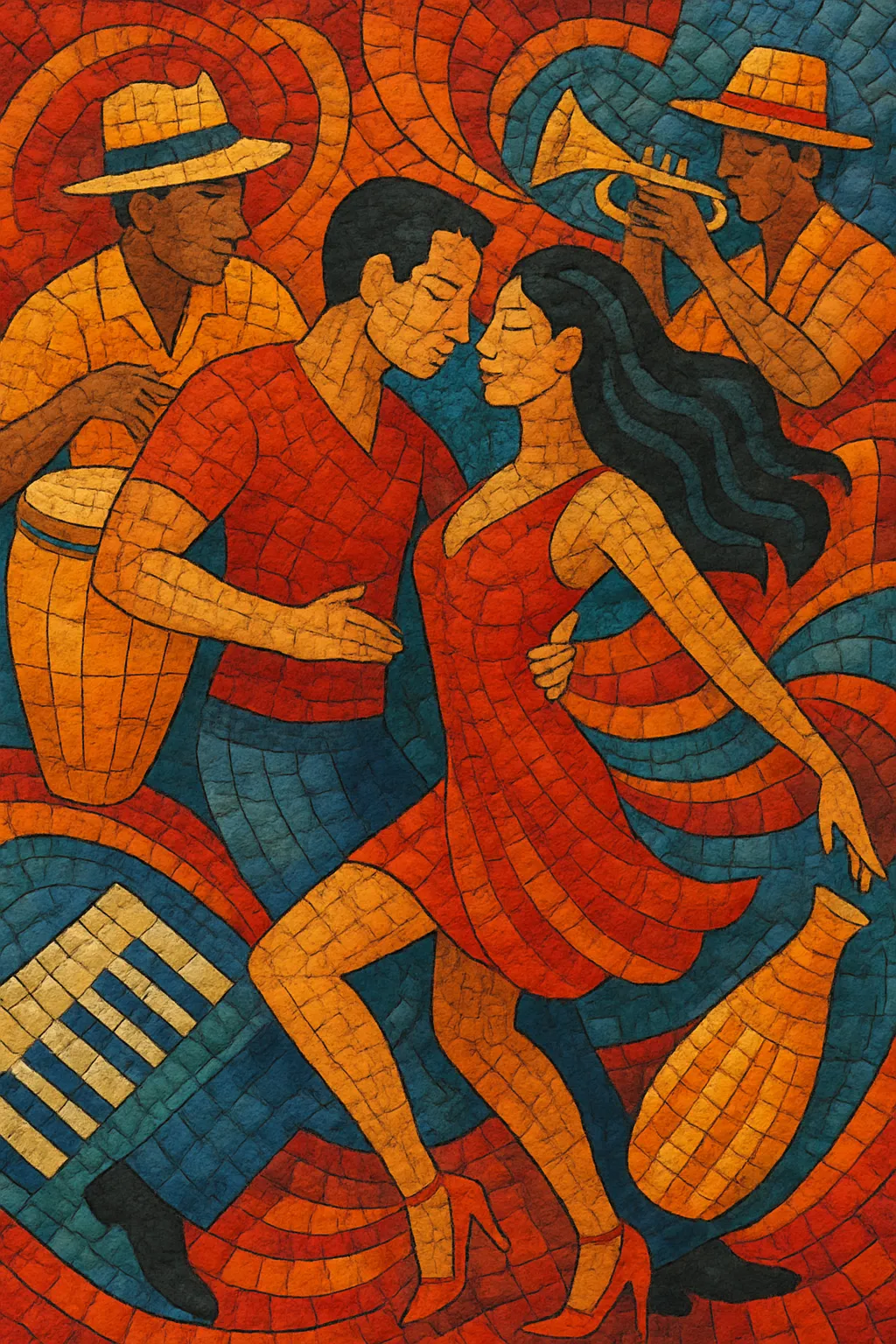
Latin dance is a club- and radio-oriented pop/dance style that fuses contemporary electronic dance production with Latin and Caribbean rhythms.
It typically blends four-on-the-floor house or Eurodance beats with syncopated percussion (congas, bongos, güira, timbales), horn stabs, montuno-style piano riffs, and call-and-response hooks. Vocals often switch between Spanish and English (Spanglish), and choruses are engineered for chant-along energy.
Tempos commonly range from about 100–130 BPM, embracing grooves derived from salsa, merengue, cumbia, and later reggaeton, while keeping the bright synths, sidechain compression, and big drops of mainstream dance-pop. The result is music designed for social dancing, clubs, festivals, fitness classes, and cross‑over hit singles.
Latin dance emerged in the 1990s as a cross‑over space where Latin American and Caribbean dance rhythms met mainstream club and pop production. It drew on salsa, merengue, cumbia, and Latin pop songwriting while adopting the four-on-the-floor pulse, synth textures, and engineered hooks of dance-pop and Eurodance.

